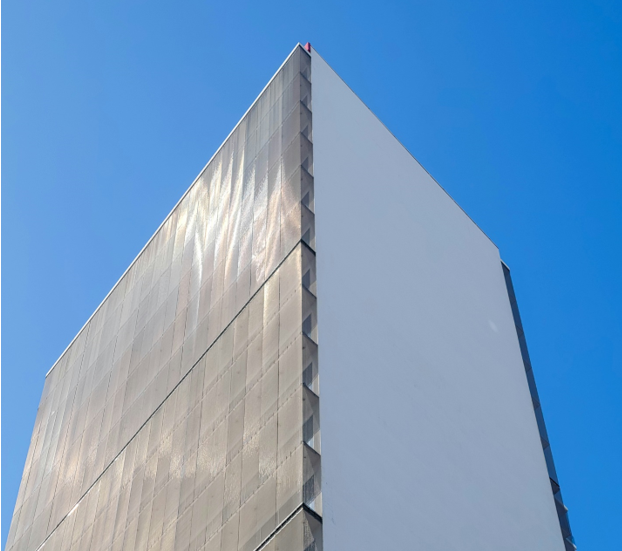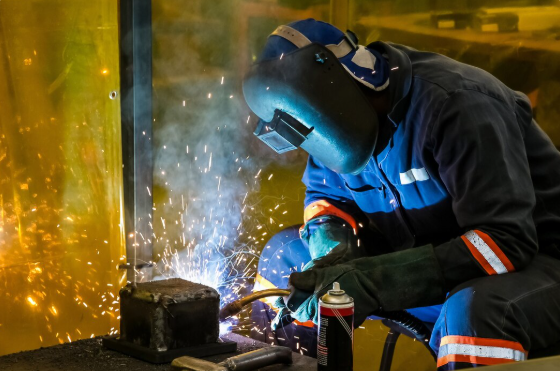As the demand for sustainable building materials continues to rise, architects, developers, and building owners are exploring innovative ways to make their structures more energy-efficient. One solution that’s gained popularity in both commercial and residential construction is the use of aluminium cladding panels. But can these sleek, modern-looking panels really contribute to better energy performance? Let’s explore how Vulcan Cladding works and the role it plays in energy efficiency.
What Are Aluminium Cladding Panels?
Aluminium cladding panels are lightweight metal panels installed on the exterior of buildings to act as a protective and decorative layer. Common in modern construction, these panels can be installed as solid aluminium or as aluminium composite panels (ACP), which include a core material sandwiched between two aluminium skins. They’re valued for their clean appearance, durability, and low maintenance.
Aluminium cladding is often used as part of a rainscreen cladding system, where a ventilated cavity is created between the panel and the building’s exterior wall. This system offers more than just protection from the elements — it can also play a key role in thermal performance.
How Aluminium Cladding Panels Improve Energy Efficiency
1. Thermal Insulation Layer
While aluminium itself is not an insulator (in fact, it’s a conductor), it’s typically paired with an insulation material as part of a composite system. In rainscreen systems, insulation boards are placed between the cladding and the wall, reducing heat loss through the building envelope. This means internal spaces stay warmer in winter and cooler in summer, reducing reliance on heating and cooling systems.
2. Reflectivity and Solar Protection
Aluminium cladding can reflect a significant amount of sunlight, particularly when finished with light-coloured or treated surfaces. This reflectivity reduces the amount of solar heat absorbed into the building, helping to lower indoor temperatures in warmer weather and decrease the need for air conditioning.
3. Ventilated Cavity and Moisture Management
One of the most energy-efficient features of aluminium cladding lies in its ventilated cavity. The air gap behind the panels allows for continuous airflow, which helps regulate temperature and remove moisture. This passive ventilation can prevent heat build-up in summer and moisture-related thermal bridging in winter, maintaining a more stable indoor climate and preserving insulation performance.
4. Long-Term Performance and Low Maintenance
Energy efficiency isn’t just about insulation — it’s also about sustainability and lifecycle cost. Aluminium cladding panels are extremely durable, weather-resistant, and resistant to corrosion. Their long lifespan means fewer replacements and less energy and material consumption over time, supporting long-term environmental and economic efficiency.
Applications for Commercial and Residential Properties
Aluminium cladding isn’t just for office blocks or high-rise buildings. Many housing developers, schools, hospitals, and retail units are now choosing aluminium cladding for both aesthetic and energy-saving reasons. Whether it’s helping meet BREEAM standards, improve EPC ratings, or lower utility bills, these panels can be a smart investment.
In homes, aluminium cladding offers an opportunity to modernise exteriors while improving thermal efficiency, especially in new-build properties or renovation projects where insulation upgrades are required.
Environmental Benefits Beyond Energy Savings
Energy efficiency often goes hand-in-hand with sustainability, and aluminium is a material with strong green credentials. It’s 100% recyclable without any loss of quality, and the recycling process uses just 5% of the energy required to produce primary aluminium. Many cladding systems today use recycled aluminium, reducing their carbon footprint.
Additionally, because aluminium cladding systems are lightweight, they can be installed without heavy support structures, cutting down on materials and embodied energy in construction.
Are There Any Drawbacks?
Aluminium cladding is not without considerations. Its initial cost can be higher than traditional cladding options like timber or uPVC. However, this cost is often offset by long-term energy savings and lower maintenance requirements.
Fire safety is also a key factor, especially in high-rise buildings. Reputable manufacturers now produce fire-rated aluminium cladding systems, and compliance with UK building regulations is essential when selecting a supplier or installer.
Choosing the Right Aluminium Cladding System
Not all aluminium cladding is created equal. For optimal energy performance, look for systems that offer:
- Integrated thermal insulation
- Fire-rated certification
- Weather resistance
- Ventilated cavity systems
- Reflective or treated finishes for solar protection
Working with a specialist supplier who understands building regulations, environmental targets, and architectural goals will help you choose the best system for your needs.
Final Thoughts: Can Aluminium Cladding Improve Energy Efficiency?
Yes — when installed as part of a well-designed external façade system, aluminium cladding panels can significantly contribute to a building’s energy efficiency. From improving thermal insulation and solar reflection to aiding passive ventilation, aluminium cladding has a proven role in sustainable construction.
Its combination of durability, aesthetic appeal, and energy-saving features makes it a valuable option for councils, developers, architects, and homeowners who are serious about performance as well as design.




